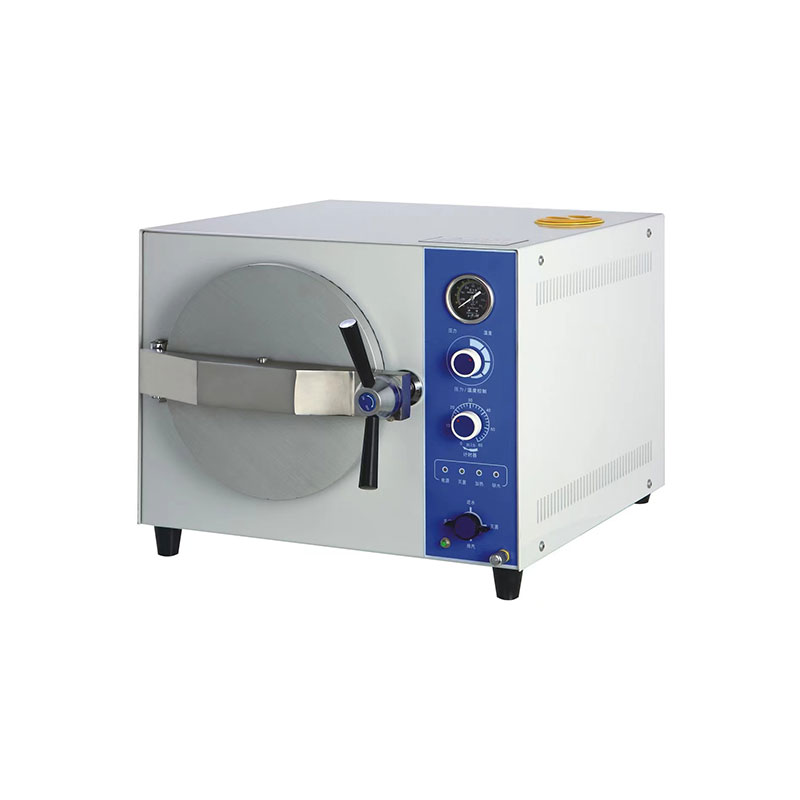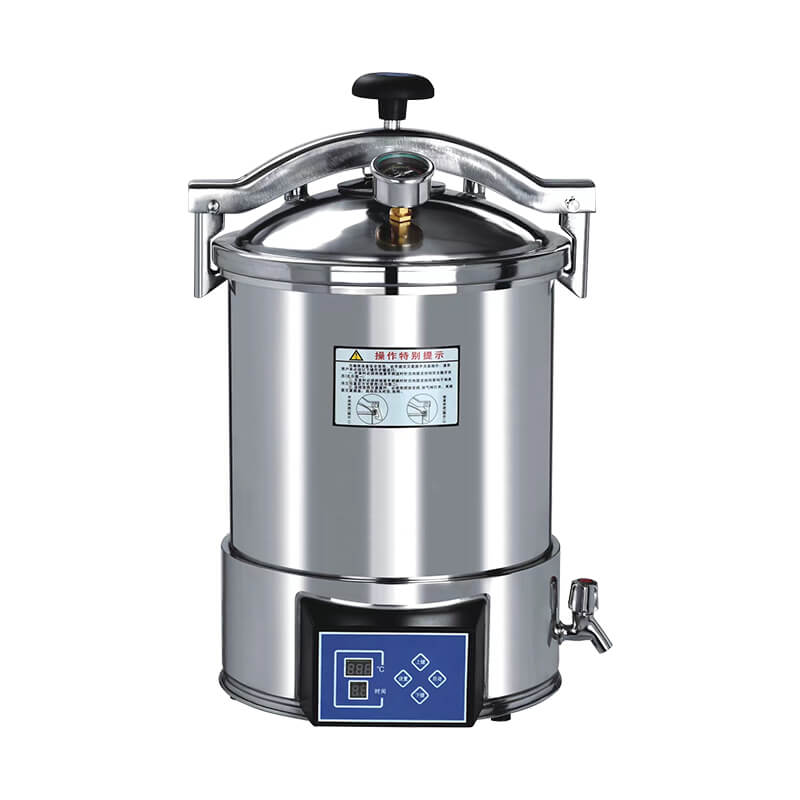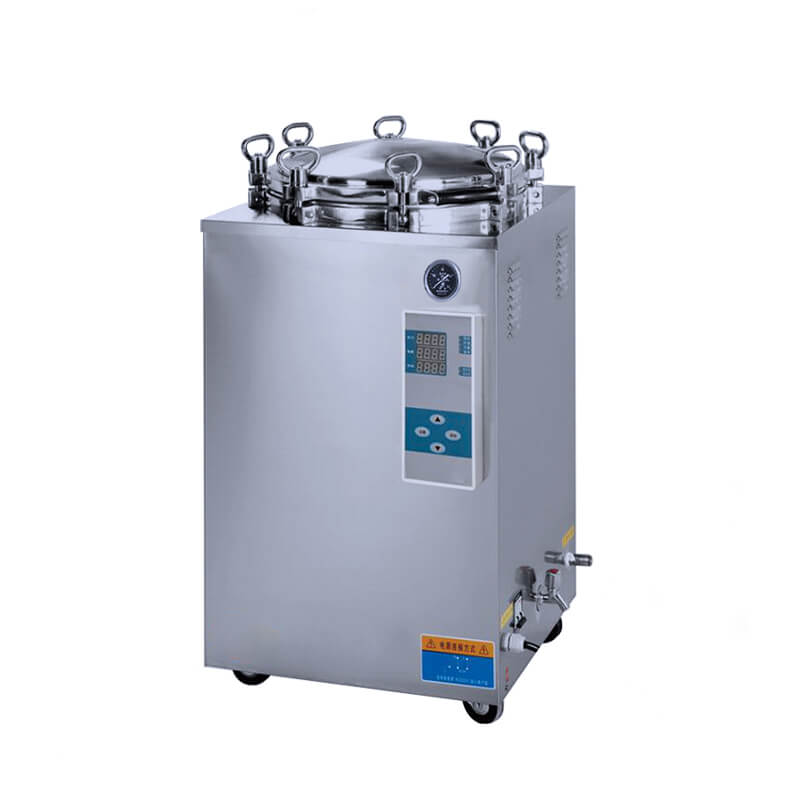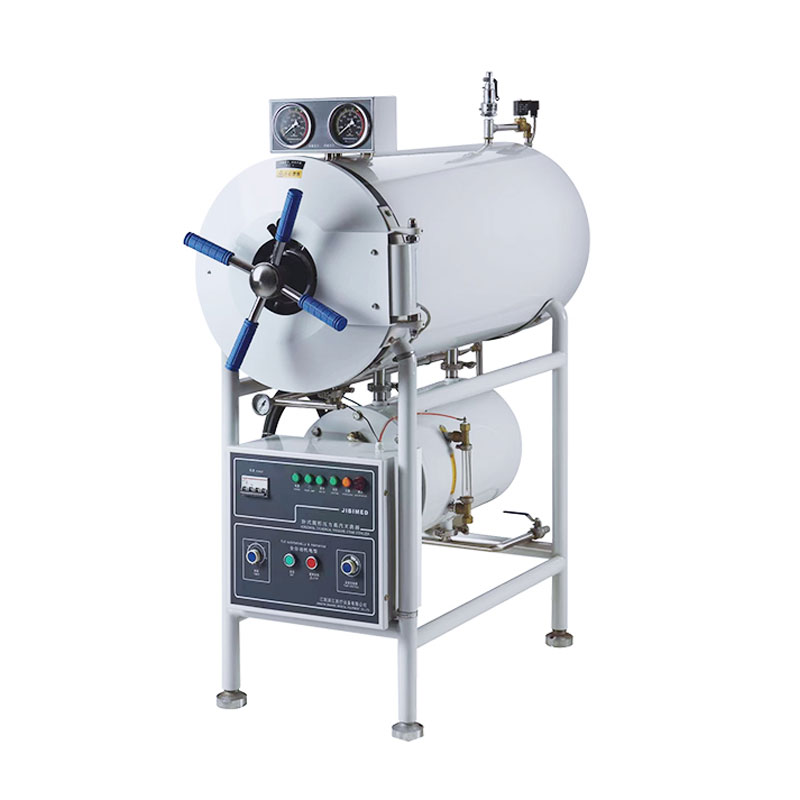Introduction:
Autoclaves are essential devices in various industries that require sterilization of equipment, materials, and products. These devices use high-pressure steam to eliminate harmful microorganisms that could cause contamination and affect the safety and quality of products.
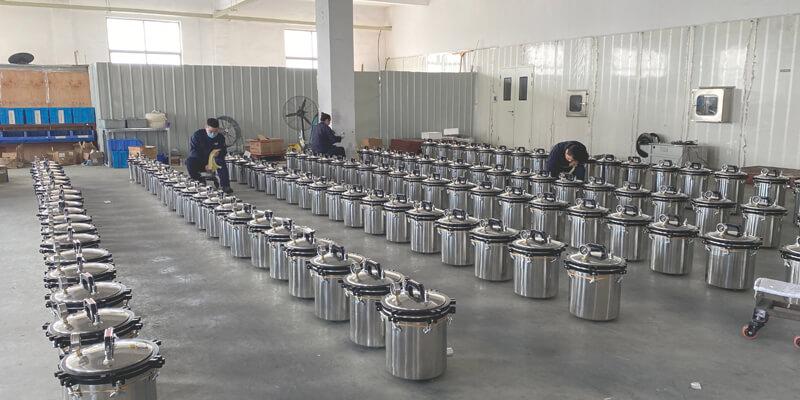
Production of autoclaves
Section 1: Autoclaves in Healthcare
In healthcare, autoclaves play a crucial role in preventing the spread of infections and ensuring patient safety. They are used to sterilize medical equipment, surgical instruments, and other items that come in contact with patients. Autoclaves are also used to sterilize dressings, sutures, and other materials used in wound care. Without autoclaves, healthcare facilities would be unable to provide the high level of care required to treat patients safely and effectively.
healthcare sterilization
Healthcare sterilization refers to the process of eliminating or destroying all forms of microorganisms, including bacteria, viruses, fungi, and spores, from medical equipment, instruments, surfaces, and materials. It is a critical practice in healthcare settings to prevent the spread of infections and ensure patient safety.
Section 2: Autoclaves in Laboratory Research
In laboratory research, autoclaves are used to sterilize equipment, culture media, and other materials used in experiments. They are also used to sterilize waste materials generated by experiments to prevent contamination of the laboratory environment. Autoclaves are essential in maintaining the integrity of research results and ensuring the safety of laboratory workers.
laboratory sterilization
Laboratory sterilization refers to the process of eliminating or inactivating all forms of microorganisms, including bacteria, viruses, fungi, and spores, from laboratory equipment, media, glassware, and surfaces. It is a critical practice to ensure the accuracy and reliability of experimental results and prevent cross-contamination between samples.
Section 3: Autoclaves in Food and Beverage Processing
In food and beverage processing, autoclaves are used to sterilize containers, packaging materials, and ingredients. They are also used in the canning process to sterilize food products and ensure their safety and shelf life. Autoclaves are essential in maintaining the quality and safety of food products and preventing foodborne illnesses.
food processing sterilization
Food processing sterilization refers to the process of eliminating or reducing microorganisms, including bacteria, viruses, yeasts, and molds, in food products to ensure their safety, extend shelf life, and maintain quality. It is an essential step in the food industry to prevent foodborne illnesses and maintain product integrity.
Conclusion:
Autoclaves are essential devices in various industries that require sterilization of equipment, materials, and products. They play a crucial role in preventing the spread of infections, maintaining the integrity of research results, and ensuring the safety and quality of products.
Why Autoclave is The Best Method of Sterilization
Autoclaving stands out as a highly effective method of sterilization for several reasons: 1.Comprehensive Microbial Elimination: Autoclaves use high-pressure steam, typically at temperatures above 121°C
Why is autoclaving done for 15 minutes?
The reason high-pressure sterilization typically takes 15 minutes or more is to ensure the thorough elimination of various microorganisms, including bacteria, viruses, fungi, and spores.
How an Autoclave Works
The high-pressure sterilizer functions based on a fundamental principle that leverages elevated temperature and pressure to achieve potent disinfection. Here’s a simplified explanation of its
How to clean autoclave monthly
Regularly cleaning and maintaining the high-pressure sterilizer each month is essential to ensure its proper functioning and effectiveness in disinfection. Here are the general steps
How Does an Autoclave Work
A high-pressure sterilizer operates by placing objects within a sealed chamber and introducing high-temperature, high-pressure steam. The working process can be summarized in the following
What is Autoclave Sterilization
High-pressure sterilization is a process that utilizes high-pressure steamand elevated temperatures to eliminate microorganisms on the surface and withinan object. In this procedure, the object

